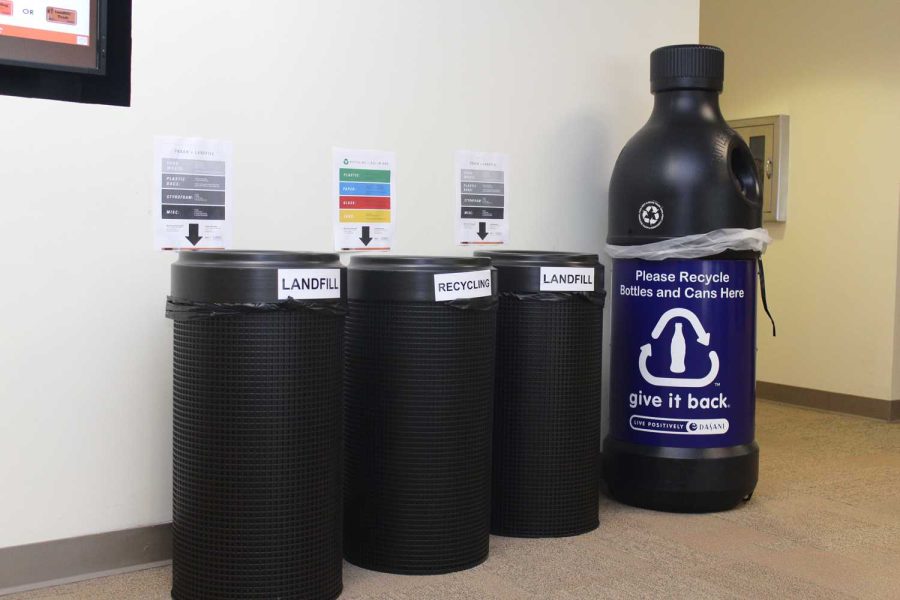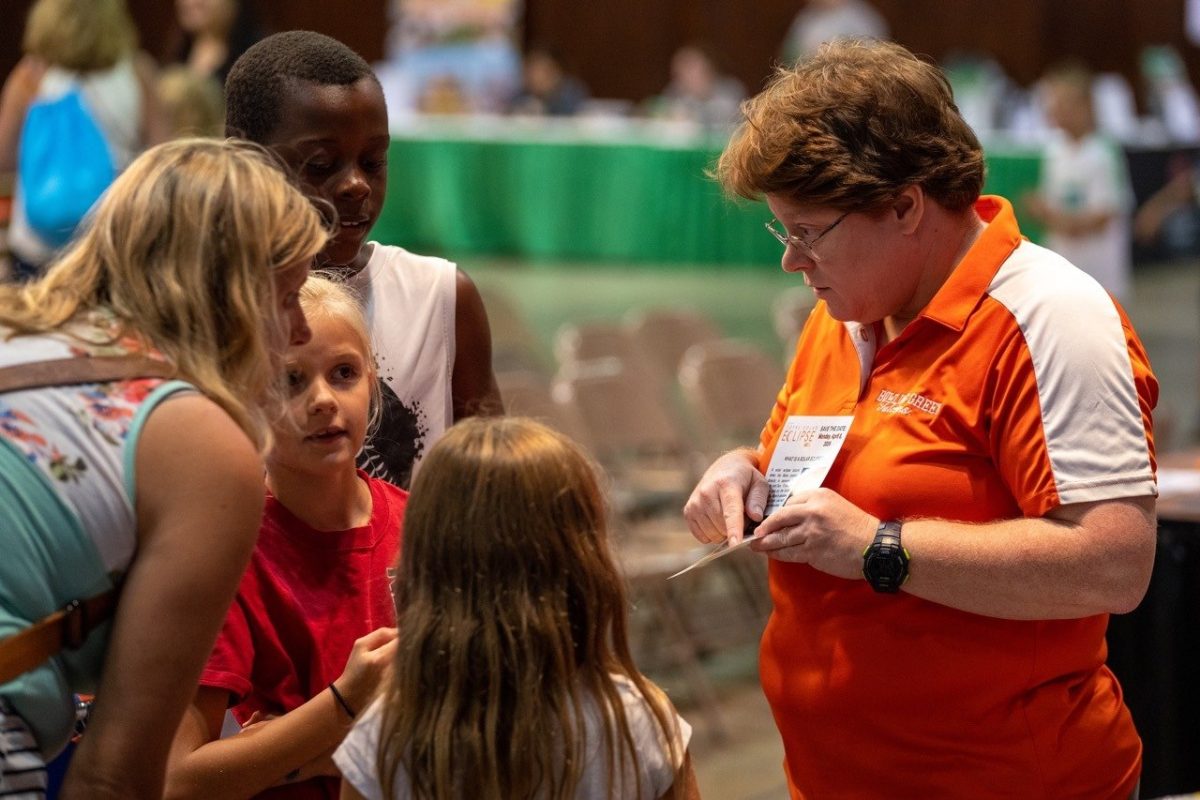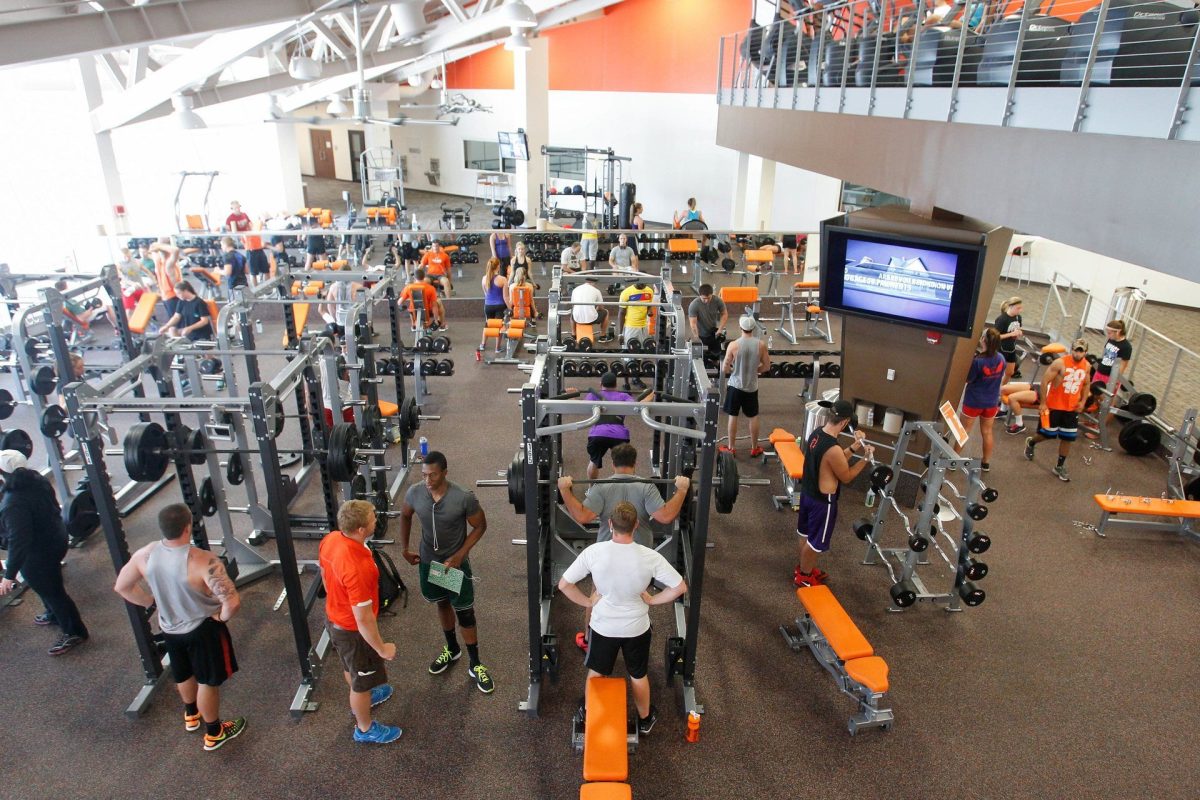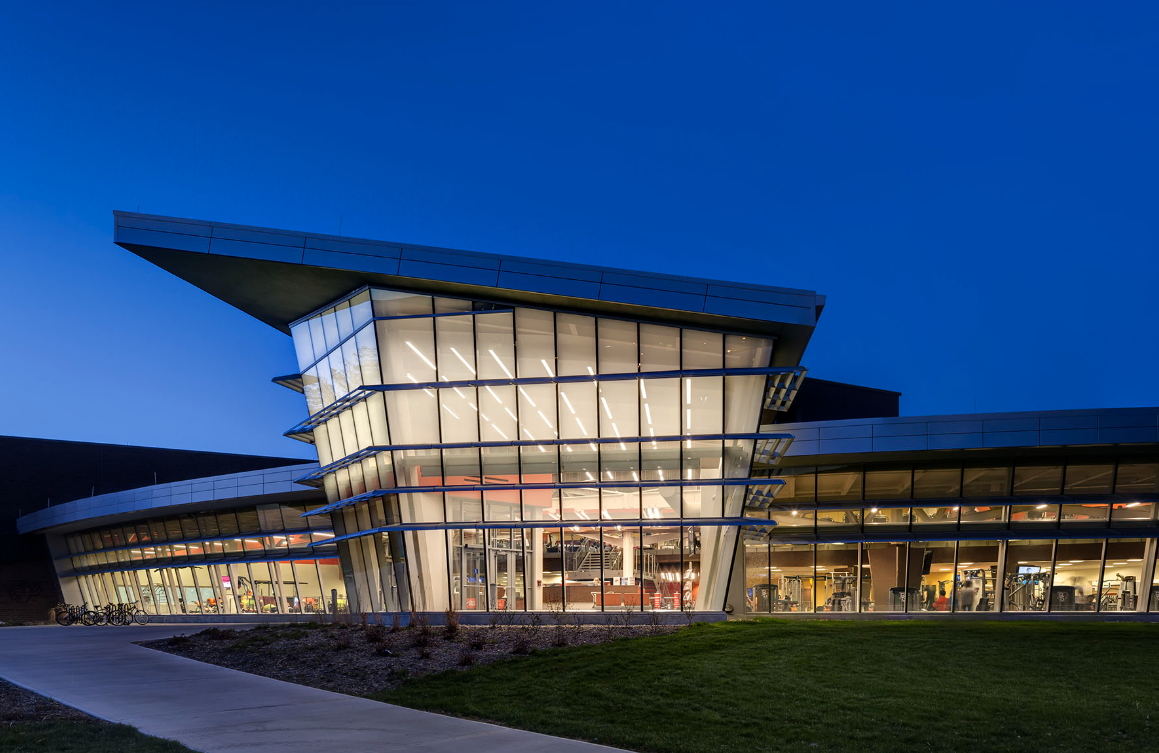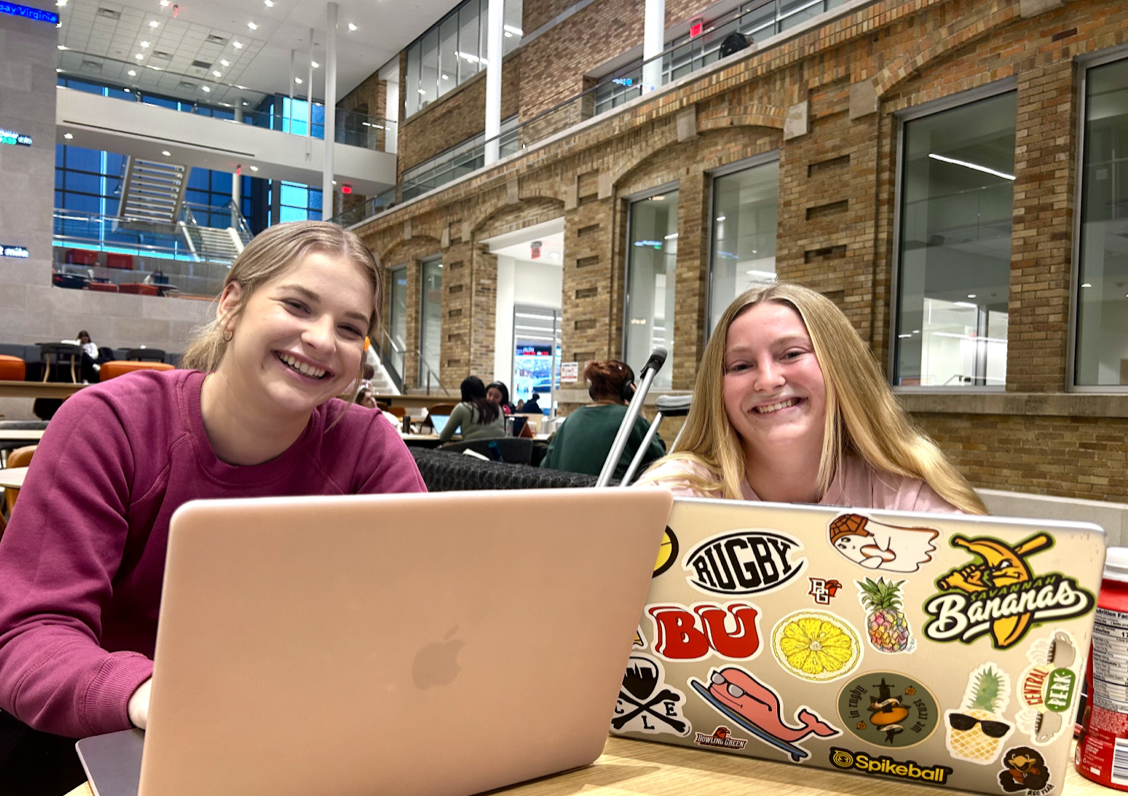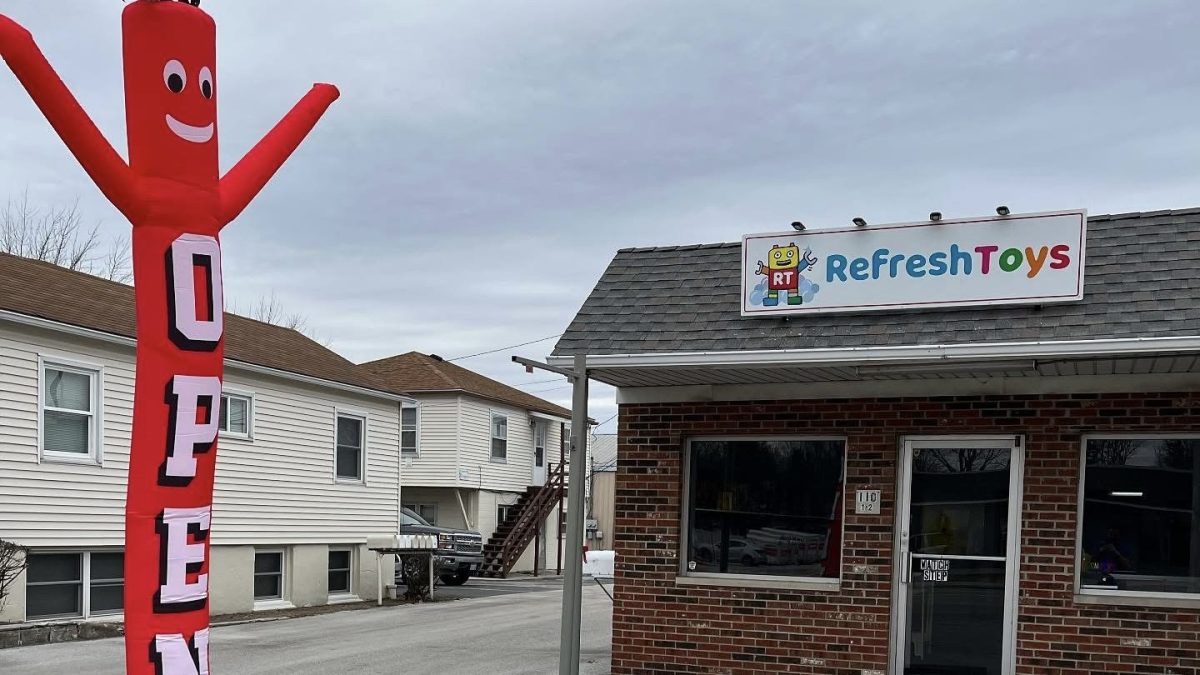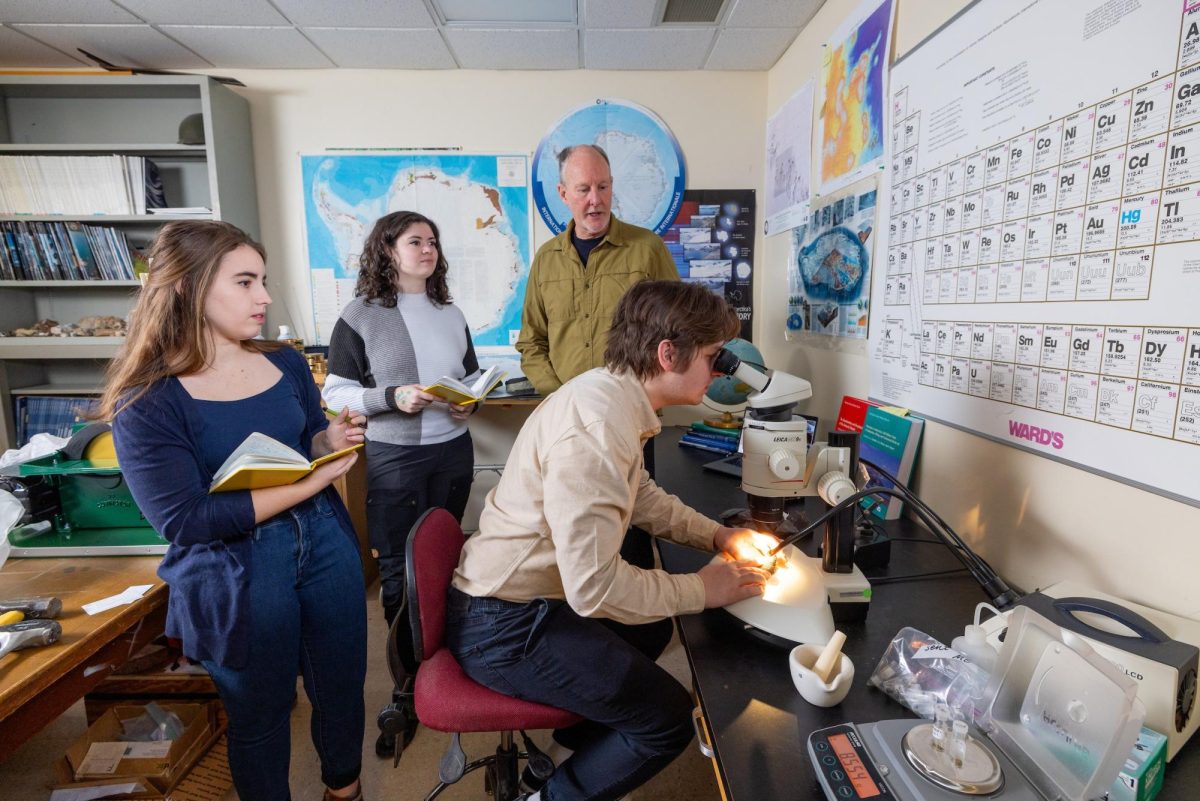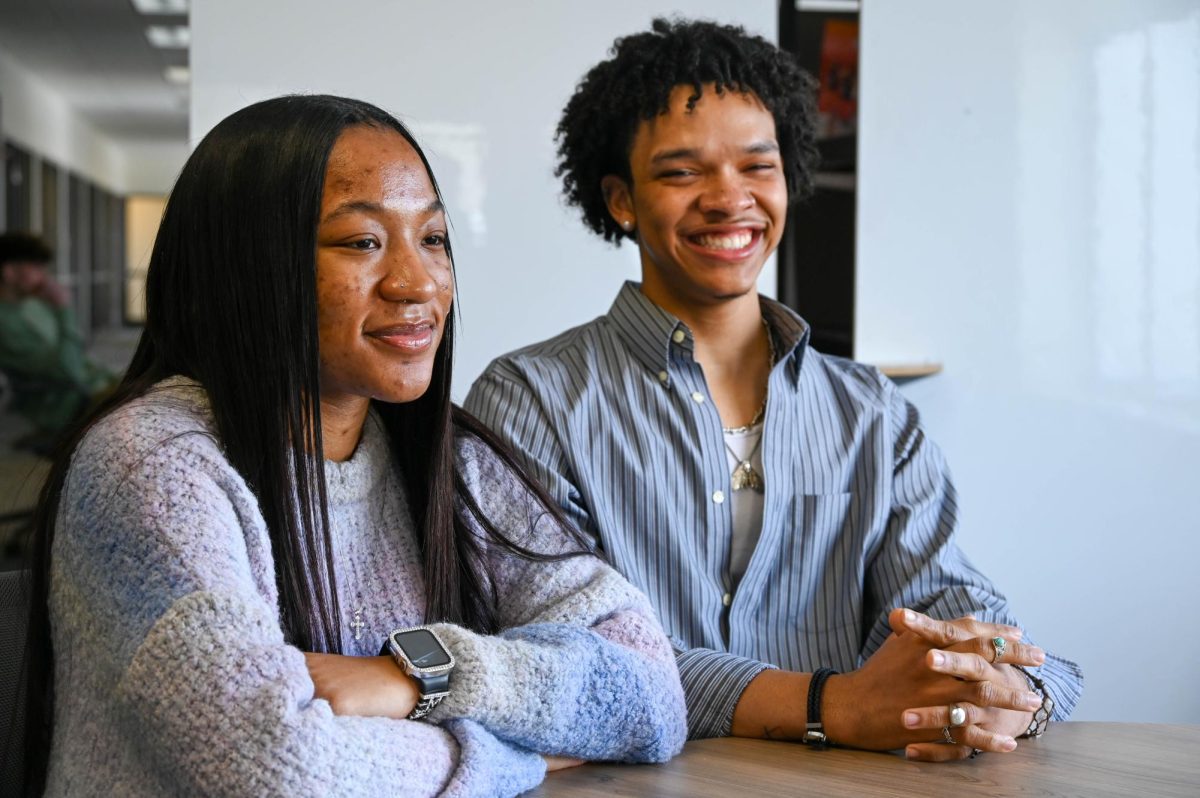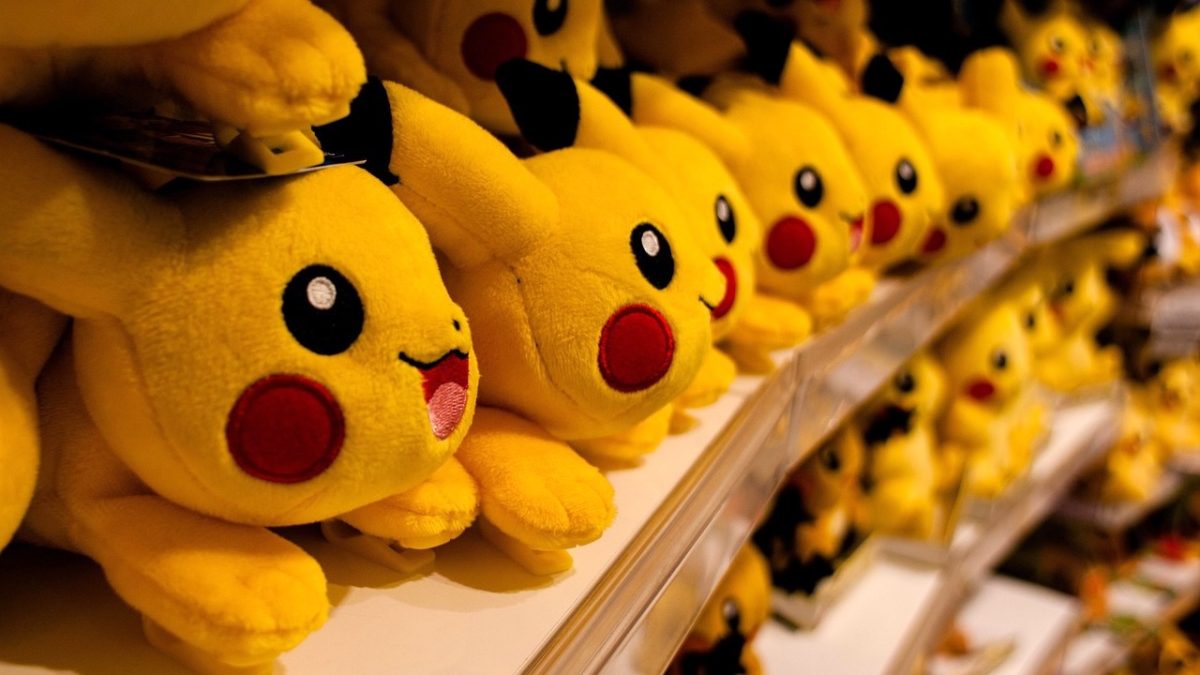Campus Operations and the Office of Campus Sustainability hope to boost University recycling by switching to a single-stream recycling system.
In a single-stream system, all recyclables go into one container rather than having separate containers for different recyclables.
With this system, Nick Hennessey, sustainability coordinator for the University, and Andrea Depinet, director of campus services, hope to raise the University’s diversion rate, the rate of items diverted from landfills to recycling, to 50 percent.
The rate is about 20 percent right now, Hennessey said.
An advantage of single-stream recycling is that it allows more types of items to be recycled.
Plastics are numbered depending on their compositions. The old plastic receptacles were only for types one and two, Hennessey said.
Types one through seven can go in the single-stream containers. However, higher-numbered plastics tend to contain food so they need to be emptied and cleaned before going into recycling receptacles.
“That form of contamination is not a good thing, so we’re actively campaigning and educating on that,” Hennessey said.
Glass can be recycled campus-wide now. Some hall councils organized their own glass recycling prior to the single-stream system, Hennessey said.
In the past few years, glass wasn’t recycled because there aren’t many glass recyclers in the area, Depinet said. Transporting glass became more costly because the University had to use facilities that were far away.
However, the University still occasionally recycled glass from events like Green Tailgating at football games, Hennessey said.
Cans, cardboard, glass, magazines, newspaper, paper and plastics numbered one through seven can be put in the single-stream containers.
It’s “equally important” to know what isn’t recyclable, Hennessey said. This includes items with food waste or grease on them.
The Office of Campus Sustainability’s website provides more details about what can and cannot be recycled.
Depinet hopes single-stream recycling will also prove to be financially advantageous, though it’s too early to tell.
Sophomore Kenji Bungo questioned whether the system would create more work on the back end due to the sorting process.
The process, which takes place at a single-stream sorting plant, is “very automated,” Hennessey said. Some items are separated by magnets or by falling through holes that are small enough for only certain items to pass through.
Bungo expects positive results in terms of the amount recycled.
“I think it’ll encourage people to recycle, which is awesome,” he said.
Another aspect of increasing the diversion rate is making sure people always have a choice between recycling and trash. In the past, the options were not always presented together.
As a result, “people would look around for the quickest thing they could to throw their can or bottle away,” Hennessey said.
Now there are pairs of containers labeled with “recycling” and “landfill,” words that were deliberately chosen.
“Research has indicated that when you approach a container to make that choice,” Depinet said, “these words really drive the behavior that you want.”
Bungo found the choice humorous, but effective.
“I laughed hysterically the first time [I saw them],” Bungo said. “I guess guilt tactics work for some people … but it’s a little overkill.”
Hennessey has received feedback from students and staff about how the landfill option makes people think twice about whether items really should go in the trash.
“Ultimately, I think it would be really cool if that maybe drove people’s behavior,” Hennessey said. “People might think, ‘Wow, I’ve put a lot of the things into the landfill this week. Maybe I shouldn’t put as much in.’”


